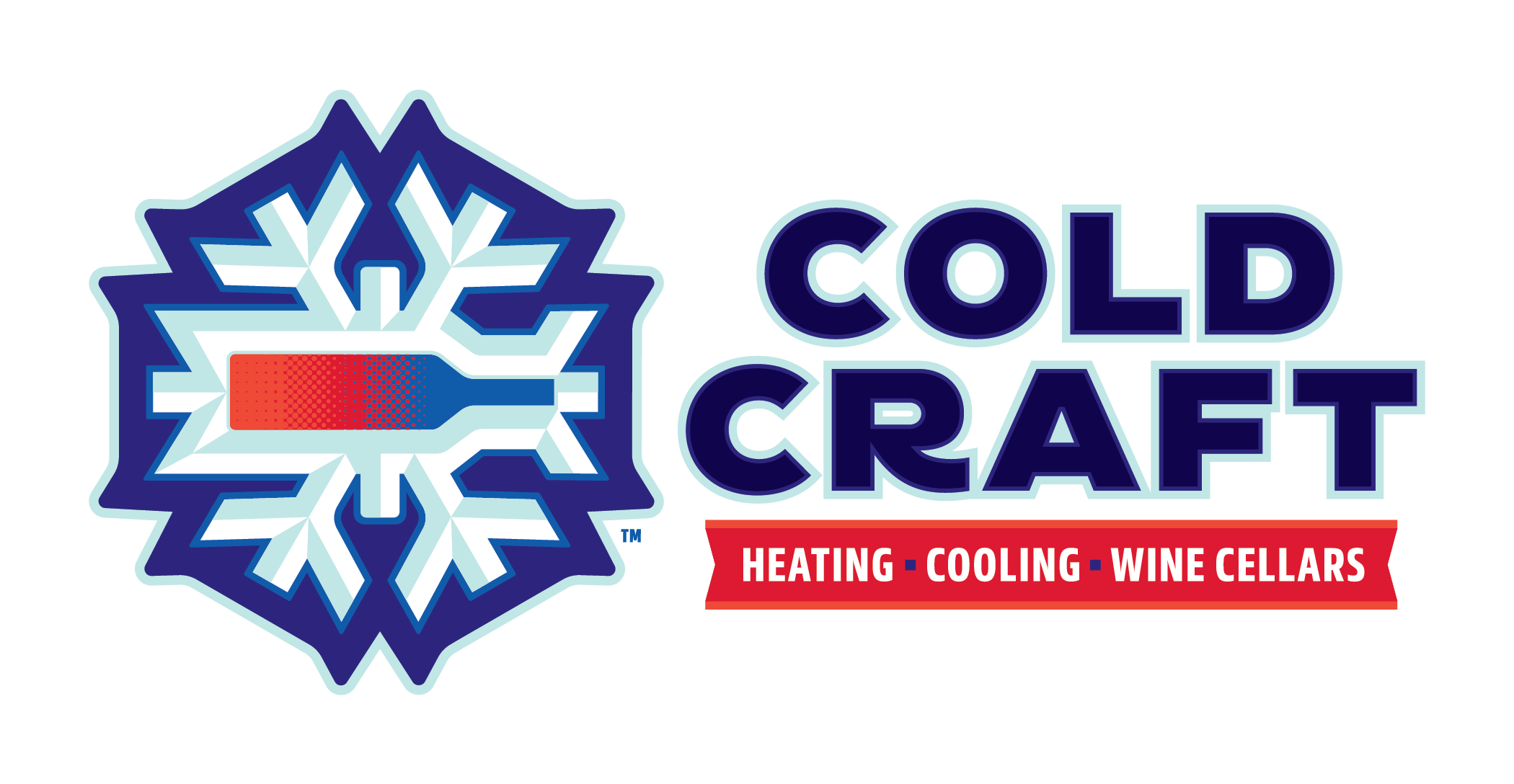When a group that advocates DIY projects asks and answers an HVAC work inquiry by saying, “Should You DIY It?
Nope; go with an HVAC professional instead. Even a DIY Ph.D. isn’t education enough for this home system correction.”
Then an abundance of caution needs to be considered when thinking about DIY’ing an HVAC job. So what are the risks? This article has a lot of risks for DIY’s HVAC and I added a couple, this is not an all inclusive:
- Many HVAC systems deal with water, not just water sourced heat pumps, and other water based heating and cooling systems that state water or hydo in their name, but air conditioning has water from the nature of cooling. So why worry about water? Water is probably the number one cause for damage in the home, then after the water comes mold.
- HVAC uses electricity. If installed improperly it can cause a fire or someone working on the unit can get electrocuted.
- One of the scarier aspects of specific HVAC equipment is carbon monoxide. It’s scary because it can be deadly and you wouldn’t even know it because this is an odorless, colorless gas. If you were aware enough to know that the symptoms were flu like and headaches you may be able to survive it unscathed. Carbon Monoxide issues can be caused because there is a leak that enters into the breathable air in the home, a backed up flue,
- Ductwork, if it isn’t installed correctly, there will be leaks where the ductwork ends up heating and cooling the space between the walls. Unprofessional installation of the ductwork will affect the esthetics of the home and lowering the value of the home. When selling your home know that if DIY work was completed on the home it has be as good as and perhaps better than when a pro does it.
- Refrigerant – Cooling your home means using refrigerant – refrigerant is so cold it can burn you. Even professionals get burned from refrigerant, but an untrained person using refrigerant can really get hurt. There are also some strict rules from the EPA about refrigerant.
There are a lot more risks like using ladders, cutting sheet rock for ductwork, brazing the lines, etc. Too numerous to mention – and this is why for HVAC you want to have a pro do it. So avoid the expense of chosing a cheap contractor, expecially for HVAC – the little savings can actually mean disasterous, and expensive consequences.
DIY Disaster Doctor: Deadly HVAC Design
Charlie Rice of Pillar To Post Professional Home Inspectors in Sykesville, Maryland (via The Money Pit). Courtesy of the ASHI Reporter
To the untrained eye, this is a typical tangle of HVAC system hardware. But in actuality, this setup is anything but. The deadly arrangement places a wall-mounted air return vent less than two feet from a gas water heater’s vent pipe, where carbon monoxide can easily be sucked from that water heater and sent into every room of the house!
Diagnosis
This is a DIY project gone dangerously wrong, and it illustrates why only a pro should design, place and install the components of your heating and cooling system. In such close proximity to the gas water heater, a return air vent will act like a vacuum for any carbon monoxide released when the water heater (or the furnace) is operating. As we all know, hot air rises, and in this scenario the tainted air will lift and make a beeline through the HVAC system’s ductwork to interior living spaces.
Rx
In addition to contributing to the general comfort, health and well-being of a home’s residents, the right balance of supply and return vents is critical to the proper functioning of an HVAC system.
Job number one in this example is to block off the existing return air vent. That can be done by removing the vent grill (located on the wall) and cutting a piece of sheet metal to a size that’s 1″ wider on all sides than the vent opening, then securing that metal cover over the opening with screws and a silicone seal.
From there, a new return air duct will have to be installed elsewhere in the home — and that’s a job for a true HVAC professional.
The discovery of deadly design flaws in your home’s heating and cooling system shouldn’t be the only occasion for calling on HVAC professionals. Careful maintenance of all components is critical to proper function as well as money-saving efficiency, so make sure your calendars marked for an HVAC system check-up by a pro twice a year, before both the heating and cooling seasons. In between those visits, you can contribute to lower heating and cooling bills by changing filters at least once per month and sealing leaky ducts with UL-181 tape, a special duct tape that won’t dry up and fall off. With those simple steps, you’ll be sure that good, clean, comforting air can move into living spaces rather than out of reach.
Should You DIY It?
Nope; go with an HVAC professional instead. Even a DIY Ph.D. isn’t education enough for this home system correction.
Tom Kraeutler delivers home improvement tips and ideas each week as host of The Money Pit Home Improvement Show, a nationally syndicated radio program. He is also author of My Home, My Money Pit: Your Guide to Every Home Improvement Adventure. You can also subscribe to Tom’s latest home improvement podcast or free home improvement newsletter.
If you need help with temperature, contact Cold Craft, Inc.
408.374.7292 or [email protected]
Share This Article!
Newsletter
Subscribe to our newsletter and stay updated on the latest.
Your email is safe with us, we don’t spam.

